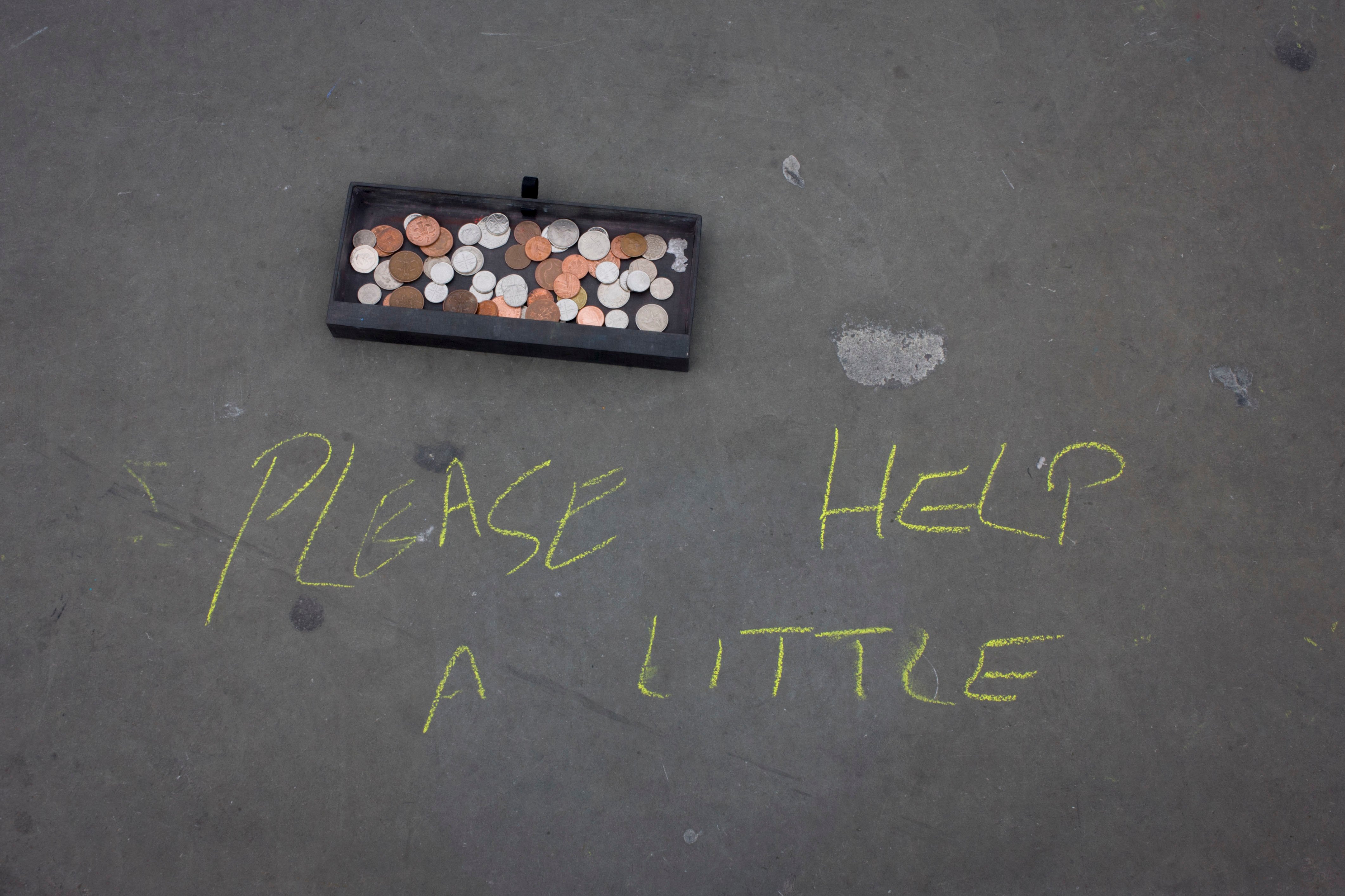
Technology is changing the landscape for art patronage, according to a new report from TEFAF titled “Art Patronage in the 21st Century.” Today, for as little as $5, people can support all manner of art projects and organizations and artists through the “rapid growth of online crowdfunding platforms, such as Kickstarter, Indiegogo and Patreon,” writes the report’s author, Anders Petterson, founder and managing director of ArtTactic.
“Whilst art patronage has traditionally been associated with wealthy individuals and their support for artists and art institutions, art patronage is now moving rapidly downstream,” he adds.
The impact of new technologies is just one aspect of the study, which surveyed 541 participants, on a range of trends in art patronage, including the rise of private funding and the decline of public funding, as well as the growing scrutiny of donors’ business ethics.
Petterson also researched generational differences in terms of the approach to philanthropy. Among his key findings were that 78 percent of the respondents said they regularly supported charitable and non-commercial arts organizations and initiatives. There was little difference between age groups below 55 years, wherein 77 percent of millennials (those currently aged 23 to 39) and 78 percent Generation X (between 40 and 54 years) said they supported the arts, while a higher percentage of baby boomers, 85 percent, said they regularly supported the arts, which is likely to be the result of having more time and greater financial means to support their interests.
Petterson presented his findings this morning at the Maastricht Exhibition and Convention Centre, followed by a lively panel discussion on the topic of “New Models and Innovations Shaping Art Patronage in the 21st Century.”
Moderator Thomas Marks, editor of Apollo magazine, presented a series of “hypothetical” funding situations, which were all recognizable scenarios sourced from real controversies in the past year, such as the fallout over the Sackler family’s museum funding after the role their company has played in the opioid crisis, and the Whitney Museum protests that led to the resignation of board member Warren Kanders, CEO of a company that manufactures tear gas.
Despite the participants all agreeing with the rejection of funding from these sources, the questions sparked an intriguing discussion about performing due diligence when accepting funds and what the specific obligations of institutional fundraisers should be.
The report indicated that today 65 percent of those under 35 said they “think arts organizations have a duty
to screen monetary donations to ensure the source of the donation is ethically sound.”
“In an age where sustainability, transparency, social impact and accountability are paramount, it is important to ask questions about how and why we raise money for the arts and the public benefit that this can bring,” wrote TEFAF CEO Patrick van Maris in the foreword to the report.